Cats thump their tails for various reasons, from expressing contentment and curiosity to signaling irritation or annoyance. Understanding the context, body cues, and the difference between tail wagging and thumping can help interpret their behavior. Whether your cat is purring and relaxed or stalking prey, tail movements provide insights into their emotions and needs.
Estimated reading time: 7 minutes
This article delves into the reasons why cats thump their tails and offers guidance on reading these fascinating signs of cat communication.
Introduction to Cat Tail Language
What is Cat Tail Thumping?
Thumping the tail is a common movement in many cats. But what does it mean when a cat wags or thumps its tail? The tail thumping can also be a way for cats to communicate. From excitement to irritation, tail thumping has many meanings.
Common Tail Positions in Cats
Cats move their tails in different ways, and each movement tells you something about what the cat is feeling. Common tail positions include a vibrating tail, a tail on the ground, or the tail wrapped around the body.
Connection Between Tail Movement and Cat Sounds
The way cats thump their tails often goes hand in hand with the cat sounds they make. If you notice your cat’s tail is wagging and the cat is purring, it could mean that your cat is happy.
On the other hand, a flicking or waving tail with growling may signal that your cat is either irritated or scared.
Reasons Why Cats Thump Their Tails
Happiness and Contentment
If your cat is purring and you notice that your cat’s tail is thumping gently, it may be a sign that the cat is relaxed and content. Many cats thump their tails when they’re lying down, enjoying some peaceful time. The tail may even wrap around the body as a cozy sign of comfort.
Greeting and Affection
When you enter a room and your cat started thumping its tail, it could be a greeting without your cat needing to move from its spot. The wagging tail in this context means the cat is happy to see you. Some cats may also thump their tails as a loving gesture.
Curiosity and Inquisitiveness
A flicking or twitching tail often indicates that your cat is curious about something. If your cat is thumping its tail while watching birds outside the window, for example, it shows inquisitiveness. Cats often link tail movement with their sense of wonder.
Hunting or Stalking
Thumping the tail on the floor can help a cat maintain balance when stalking prey. If the tip of her tail is twitching while the cat is focusing on something, it’s a sign of hunting behavior. Excited cats often show this tail movement.
During REM Sleep
Many cats will thump their tails during REM sleep. This tail movement is a normal part of their sleep cycle, and it doesn’t mean that the cat is distressed.
Irritation or Annoyance
A rapidly swishing or wagging tail could mean that your cat is annoyed. If your cat is lying down and starts wagging its tail, it might be best to give your cat some space. This thumping tail may be a warning sign to leave the cat alone.
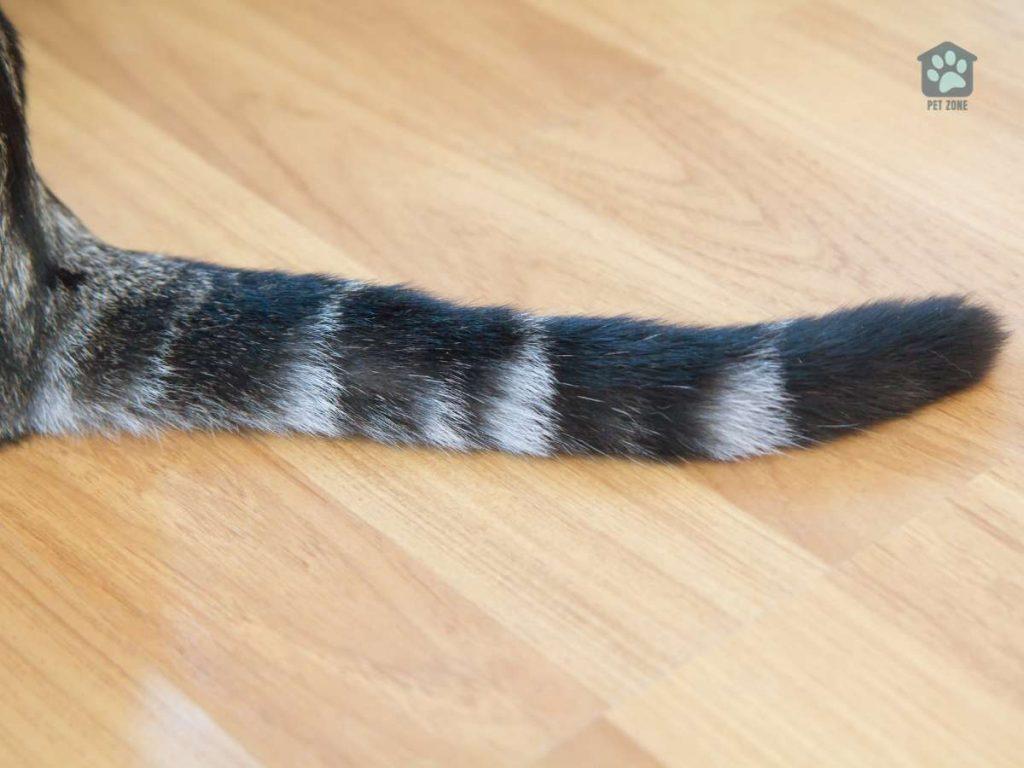
How to Interpret Tail Thumping
Observing Body Language
Understanding cat body language is key to interpreting why cats thump their tails. Look at the eyes, ears, and posture along with the tail movement.
A tail that’s tucked in, combined with pulled-back ears, may mean your cat is scared.
Conversely, if your cat’s tail is wagging and its body is relaxed, your cat is probably happy.
Understanding the Situation
Context matters when interpreting why a cat may thump its tail. If you’re playing with your cat and notice your cat’s tail is swishing, it might just be excitement. But if your cat is lying down and you notice its tail is thumping, that could signal irritation.
Here’s what you need to know:
- A cat wagging its tail quickly may be excited. Break out the cat toys!
- A thumping tail while lying down is a sign to give your cat some space.
- A tail wrapped around the body often indicates the cat is content and relaxed.
Responding to Your Cat’s Signals
Learning to read the signs your cat is giving you through tail thumping can also strengthen your bond. If your cat swishes or thumps its tail while you pet your cat, it could be a request for more attention or a signal that your cat has had enough.
Always respect these signs, as every cat is different, and one cat’s pleasure might be another cat’s annoyance.
Understanding the Difference Between Tail Wagging and Thumping
Tail Wagging: A Sign of Various Emotions
Tail wagging in cats is different from dogs. When cats wag their tails, it doesn’t necessarily mean they’re happy. Tail wagging in cats often signals mixed emotions, excitement, or even irritation.
The way the cat wags its tail, like swishing or flicking, along with the rest of its body language, helps you interpret the feeling.
For example:
- A wagging tail while playing might indicate excitement.
- A slow, gentle wag may mean the cat is relaxed and content.
- Fast wagging or thumping on the floor might signal irritation or frustration.
Tail Thumping: Specific Behavior
Tail thumping is a particular type of tail movement in cats. When cats thump their tails while lying down or even sitting, they may be expressing specific feelings or needs. A thump on the floor might be a playful invitation, while rapid thumping might mean irritation.
Here’s a closer look:
- A single thump might be a playful gesture or curiosity.
- Continuous, hard thumping may signal annoyance or a warning to back off.
- Gentle thumping while purring might mean contentment.
Importance of Observing the Entire Cat
It’s not just about the tail wag or thump; you must observe the entire cat. Look at the ears, eyes, posture, and the tip of its tail to get the full picture. For example, a wagging tail with relaxed ears and purring usually means the cat is happy. But a wagging tail with flat ears might mean fear or aggression.
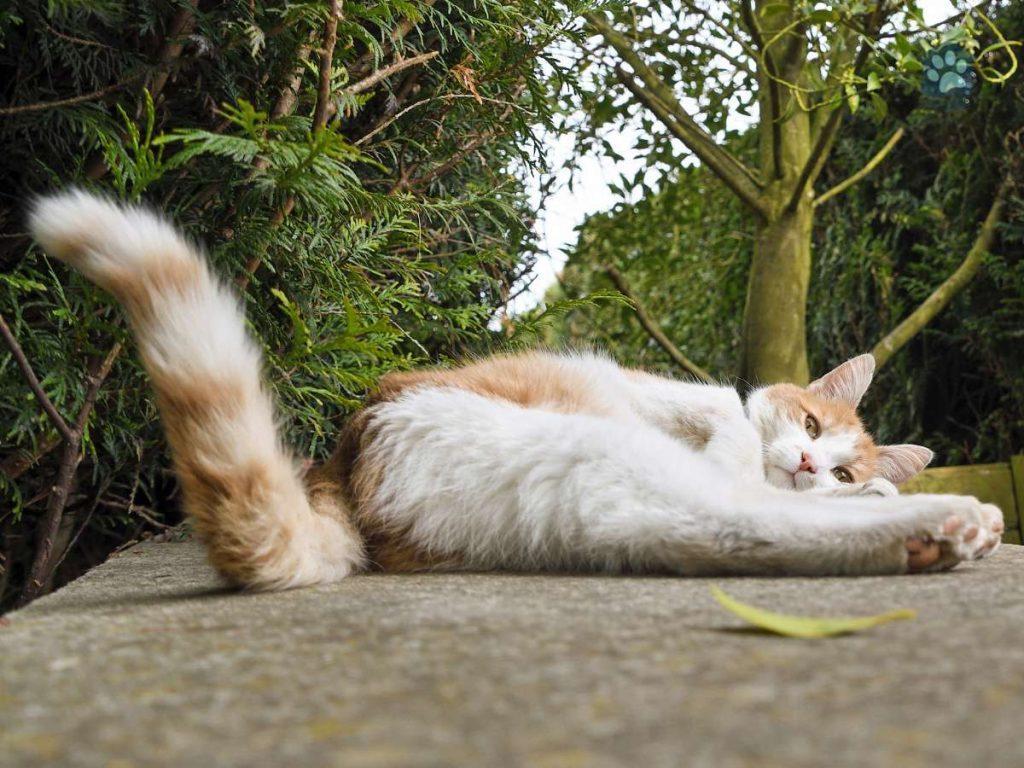
Common Mistakes
Misunderstanding Playfulness and Aggression
It’s easy to get confused when a cat wags its tail, thinking it’s always a sign of happiness. However, excited cats might also wag their tails while playing, which can quickly turn into aggression. Understanding the cat’s body language and not just the tail wagging is vital.
Ignoring Warning Signs
If your cat is lying down and thumping its tail while lying down, it could mean frustration or annoyance. Ignoring this sign and continuing to play with your cat might lead to a scratch or your cat lashing out. Observing the tail thumping can help you know when to give your cat some space.
Overstimulation
Cats can feel frustrated or overstimulated if you pet them too much or in the wrong way. If you notice the tail is twitching rapidly, it might be time to stop petting. Many cats will flick their tails to show they’ve had enough. It’s a common mistake to ignore this signal.
Interpreting All Tail Movement as Communication
While tail movement does communicate feelings, not every tail twitch or wag means something profound. Sometimes a cat may just move their tails without any particular message. Don’t be surprised if your cat simply wraps its tail around itself without meaning anything special.
Thinking All Cats Are the Same
Every cat is unique, and so is its tail language. Just because one cat likes to thump its tail when happy doesn’t mean another cat will do the same. Spend time with your cat to understand what specific tail movements mean for them.
Conclusion
Observing how cats thump their tails, whether they’re lying down or playing, helps you know what your cat is feeling. It could be happiness, irritation, or a sign that your cat wants to play.
Equally important is recognizing the difference between wagging and thumping. While they might seem similar, they can have very different meanings.
Remember, each cat is unique, and tail language can differ from one cat to another. Spend time with your pet, watch how they move their tails, and learn their specific signals.
Feel free to share your thoughts and experiences with cat tail language in the comments below, and don’t hesitate to share this article with fellow cat lovers who might find it helpful.
As an Amazon Associate I earn from qualifying purchases.






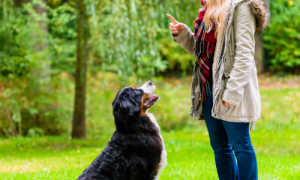
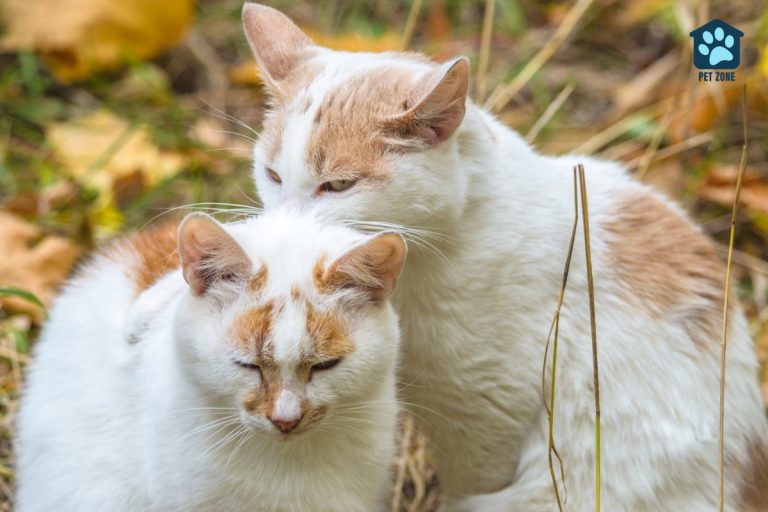

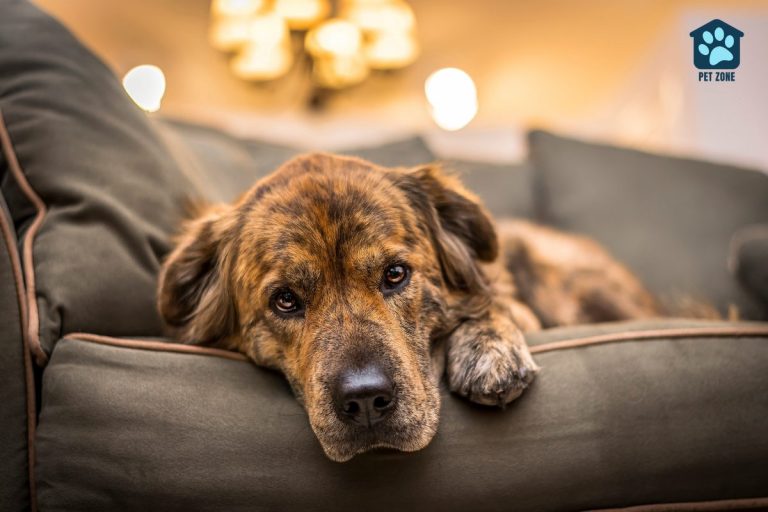
I will be keen on my cats when they thump their tails to see whether they are happy or sad
Thank you for the explanation. So far, I only understand that if my cat thumps their tail it means he was feeling relaxed.